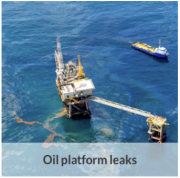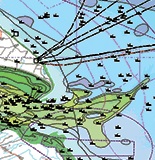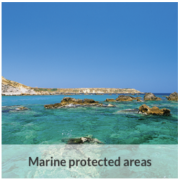*
Type of resources
Available actions
Topics
Keywords
Contact for the resource
Provided by
Years
Formats
Representation types
Update frequencies
status
Service types
Scale
Resolution
-

-

-
Map of seasonal averages of dissolved inorganic Nitrogen (uM) indicator for eutrophication for the past 10 years (2005-2014) in the Atlantic basin. It will be generated using in situ measurements of the different parameteres required to assess the dissolved inorganic Nitrogen indicator and the OSPAR Convention Common procedure methodology (OSPAR 2013, Common Procedure for the Identification of the Eutrophication Status of the OSPAR Maritime Area. Agreement 2013-08. 67 pp).
-
Auteur(s): Faux Michel , Projet pour un nouveau jardin et centre d'informations botaniques à Bordeaux-Lac
-

-

-
Auteur(s): Cha Lucie , Analyse des paysages de méga évènements sur des sites internationaux. Historique de l'évolution de expositions géantes. Projet d'aménagement de la ville de Bordeaux qui a posé sa candidature pour l'Exposition universelle de 2025
-
The mean and time-varying position of the main Southern Ocean polar fronts has been calculated from a combination of gridded altimetric sea level anomalies and a new climatology of mean sea level constructed from historical data and ARGO T / S profiles.
-

La Région Nouvelle-Aquitaine accompagne les acteurs publics et privés dans leur transition énergétique et écologique à l'horizon 2030. Avec ses 11 ambitions, la feuille de route Néo Terra guide l'action régionale et celle de ses partenaires pour la mise en œuvre d'actions concrètes. Un engagement collectif pour la Nouvelle-Aquitaine de demain.
-
 Catalogue PIGMA
Catalogue PIGMA